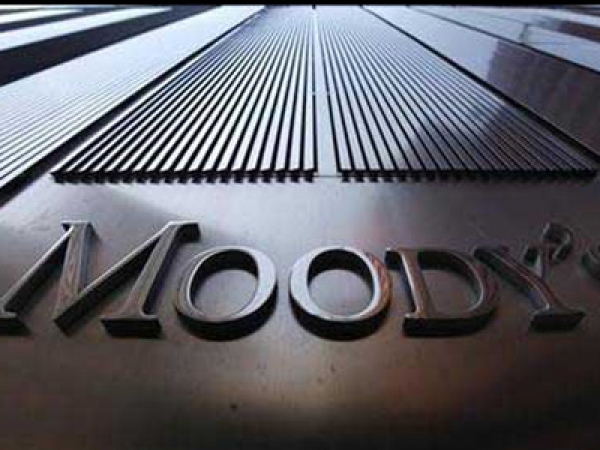Moody’s Investors Service (“Moody’s”) has today downgraded the Government of Sri Lanka’s long-term foreign currency issuer and senior unsecured ratings to Caa1 from B2 and changed the outlook to stable. This concludes the review for downgrade initiated on 17 April 2020.
The decision to downgrade Sri Lanka’s rating to Caa1 reflects Moody’s assessment that the corona virus induced shock, which Moody’s regards as a social risk, will significantly weaken Sri Lanka’s already fragile funding and external positions.
Heightened liquidity and external risks stem from Sri Lanka’s limited secured funding sources to meet its material external debt service payments over the coming years, during which period market refinancing will remain vulnerable to shifts in investor sentiment.
At the same time, fiscal and external pressures will continue to limit the scope for reforms to address long-standing credit vulnerabilities, denoting weakening institutions and governance, an important driver of today’s rating action.
The stable outlook denotes balanced credit risks at the Caa1 rating level. On the downside, Sri Lanka’s very large and recurring financing needs over the near- to medium-term risk putting more pressure on the sovereign’s external and liquidity position than Moody’s currently assess.
On the upside, Sri Lanka’s rating is supported by the country’s relatively high levels of per capita income and modest economic competitiveness, which provide some prospects for growth to recover to more robust rates. Moderate institutions strength in some areas also provides some support compared to similarly rated peers.
Concurrently, Moody’s has lowered Sri Lanka’s local currency bond and bank deposit ceilings to B1 from Ba2, lowered its long-term foreign currency bond ceiling to B3 from Ba3 and lowered its foreign currency bank deposit ceiling to Caa1 from B3. These ceilings act as a cap on the ratings that can be assigned to the obligations of other entities domiciled in the country.




